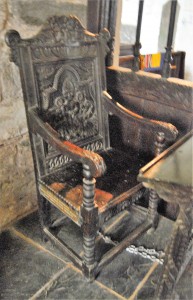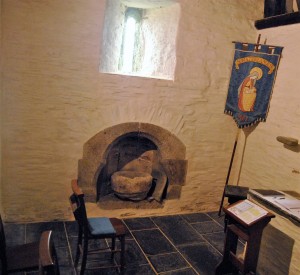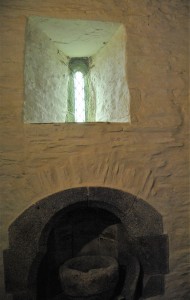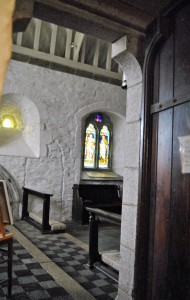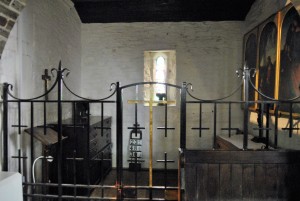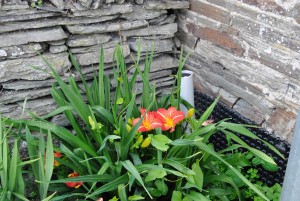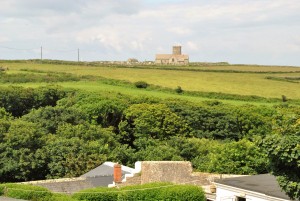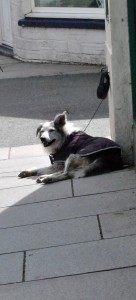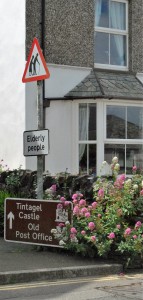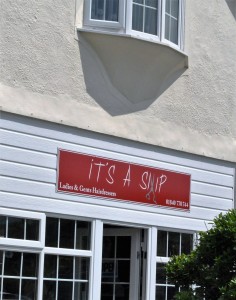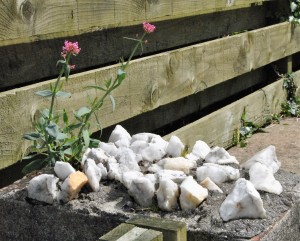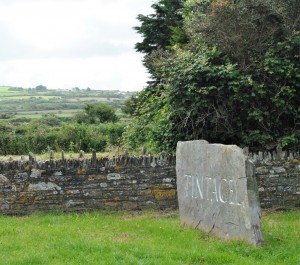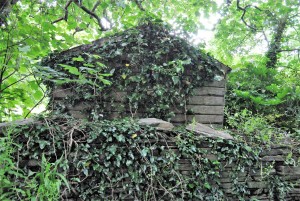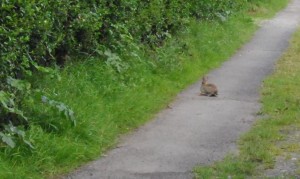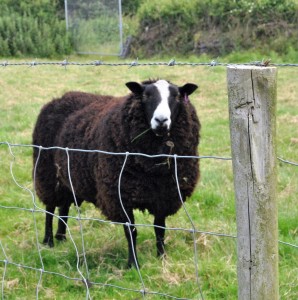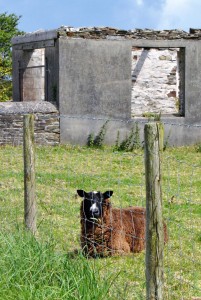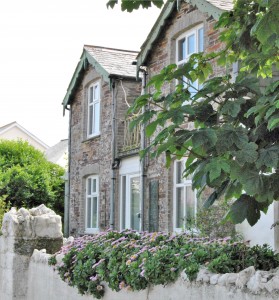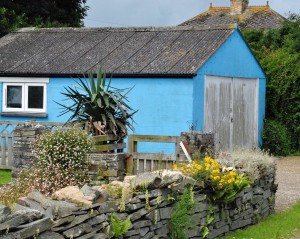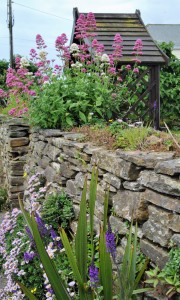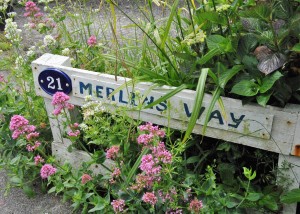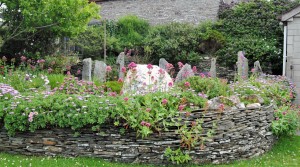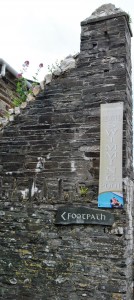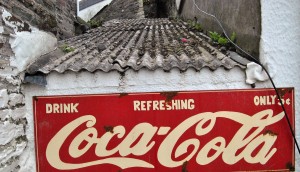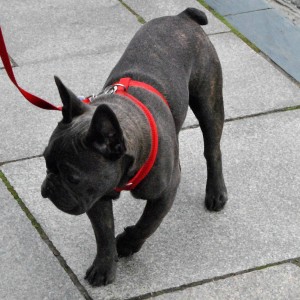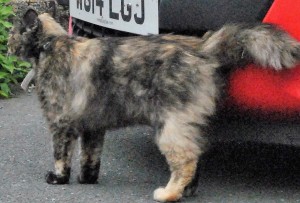Well the votes are counted and the people have spoken and England will leave the European Union….and we just saw the Prime Minister announce his resignation and heaven knows what else is gonna go with the EU…..Very interesting.
Today is an explore areas of this little village that I haven’t seen before for some fun pictures….a bit cooler, but a nice day none-the-less
But let’s finish the church’s Chancel today
The Bishop’s Chair Late Tudor period and was given in memory of a former sexton.
The Statue of St. Materiana given in 1933 in memory of Rev. Chapman (Vicar here 1894-1916)
The Blessed Sacrament Chapel
Entered door north wall of sanctuary, probably slightly later date then rest of church. Local Tradition says it was an anchorite’s cell
The anchorite’s was one of the most extreme of the religious lives of the Middle Ages: it inspired awe in contemporaries, and has held a morbid fascination for modern observers. It was a life of strict and irreversible enclosure, entered into in an elaborate ceremony during which the last rites were administered, and at the conclusion of which the door to the reclusory would be walled up. An anchorite who left their enclosure could be forcibly returned by the authorities, and faced damnation in the hereafter. http://hermits.ex.ac.uk/index/anchorites
….but there is no real evidence of it being used for such.
St. Julitta’s Font–The Norman font bowl in the chapel is believe to have been brought from St. Julitta’s chapel at the Castle. After various adventures as a pig trough and a garden ornament, it has been recently restored to Tintagel by the Wadbridge Old Cornwall Society. The bowl, much weathered and ill-trated is plain except for a simple cable molding.
This chapel is specially set apart for prayer….
It contains a pre-Reformation altar apparently in situ.
The original floor level of this chapel was restore in 1975 and the altar shown at its true height.
The North Recess: described last century as a ‘little aisle’ it was later enlarged into an organ chamber by the rebuilding of its north wall a further two fee outwards carrying with it th original narrow round-headed window. Nothing has been found to indicate what the recess was originally for, but it may have been to contain an altar tomb. It is now th priest’s vestry and contains the altar of St. Faith, and a copy of Perugino’s triptych…
OK let’s see what else is happening:
and what better way to start the day but my Doggie of the Same.
and then walk by a few of those flowers I love and a mortar-less wall with a mortared one
an my favorite church with some of the Cornishman in the foreground
Tintagel has a brief period of extreme activity in the spring and summer…most of the locals will tell you they love the business but it’s nice to have their village to themselves and the cold winds of winter.
hard to find in the world, a grave for Arthur. “The Stanzas of the Graves”
wait outside the store
lumpwood charcoal, which comes more or less straight out of the charcoal burner’s clamp
During the last fifteen years, archaeologists have radically revised the role of early medieval Tintagel, recognizing the site’s important role in the kingdom of Domnonia and as a link to the world far beyond the British Isles.
and today I just wandered—again off the paths most visitors take to find a little about the place an let you see the little things that make it better than just a tourist destination.
Imported artifacts found at Tintagel alone proves that Britain and Ireland were not isolated from the remains of the Roman world in the fifth and sixth centuries. http://www.heroicage.org/issues/1/hati.htm
for a small village it has a bit of everything except a bank—-British Banks have shorter hours, never heard of a drive-in and are going more on line an less personal.
As ‘a place to go’, the area provides stunning coastal scenery, aromantic ruined castle and a highly commercialised village. Tintagel Island,owned by the Duchy of Cornwall but managed by English Heritage, playscentre stage as the ‘birthplace’ in question. http://www.academia.edu/583621/Disgruntled_Tourist_in_King_Arthurs_Court_Archaeology_and_Identity_at_Tintagel_Cornwall
but the town’s surroundings are rural.
St Petroc, a… famous Cornish Saint, landed at Lanwethinoc, todays Padstow, around 520AD. Padstow was known for a time as Petroc-stow The churches of Padstow and Bodmin are dedicated to him as is the Holy Well at Bodmin. Trevalga, between Tintagel and Boscastle and Egloshayle near Wadebridge are also dedicated to him. Legend tells that near his burial place is a Holy Well which has curative properties for the eyes.
I as you have seen have found interest and photographic accomplishment in the village
Other legends have it that Camelford has a connection with Camelot and that King Arthur died at Slaughterbridge and his spirit returned to haunt Tintagel. http://www.cornwalls.co.uk/Tintagel
and for all the commercial there is so much natural here…a little village that plays at King Arthur for a few months and then goes back to other things.
Condolden Barrow dominates the hill above Tintagel Island. The massive proportions and situation of the barrow suggest that a figure of considerable importance power was buried here. Local legend claims it to be the grave of Queen Isolde. 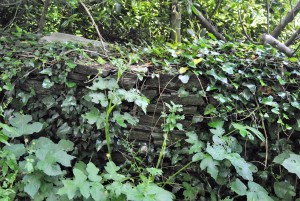
And the Cornish people are so friendly and make one feel as if they belong here in this magical place that doesn’t need Merlin and Arthur to make you feel like you’ve entered an enchanted place.
However, there are one or two potteries and galleries in addition to the many gift shops, cafés and restaurants. The village is worth a visit and is within easy reach of many other beauty spots of this part of North Cornwall. For Arthurian enthusiasts it is unmissable.
I came here to start writing again…and to relax…I found lovely people who befriended me and made me part of their group….I found a quaint little village that has a personality beyond what you see in the gift shops and the like.
Tintagel had come to be associated with the conception of King Arthur. The connection was later renewed by Alfred, Lord Tennyson, in his Idylls of the King. http://www.bbc.co.uk/cornwall/attractions/stories/tintagelcastle/images/tintagelcastle.shtml
and yes in a day and age when it gets harder and harder to make a living they use the legends of the town to make ends meet—
3rd-4th centuries AD Roman Activity
Finds of pottery, early coins and two Roman inscribed pillars suggest activity on the headland. http://www.english-heritage.org.uk/visit/places/tintagel-castle/
This was a newer residential area I found in my endless wanderings.
450-650 Trading Centre
Tintagel is a rich and important site, trading with the Mediterranean world. The headland is covered with many small rectangular buildings.
One of the reasons I don’t walk a lot at home….as I’ve seen everything about my house…here each walk is an adventure and I’m seldom really tired.
No conclusive evidence has been found that there was an Iron Age fort at Tintagel, although the site would have been similar to those of Iron Age promontory forts found on other south-western headlands, such as on Willapark headland, 1 mile east.
and while it is commercial…it has a charm with it’s old buildings. beautiful flowers and great people that I’ve tried to show you today in my photos.
Similarly it is uncertain how much activity there was on the site in the Roman period. The two Roman honorific markers from the area, one now in Tintagel church and one at Trethevy 1½ miles east, suggest some presence in the area in the 3rd and 4th centuries. Various small finds, including pottery and some late 3rd- and early 4th-century Roman coins, also suggest activity on the headland at this period. However, this seems unlikely to have been significant.
AND LIKE WE STARTED we’ll end with a four-legged friend.
But wait—this is only the 2nd one of these four legged fuzzy animals I’ve found so we have to include it.

